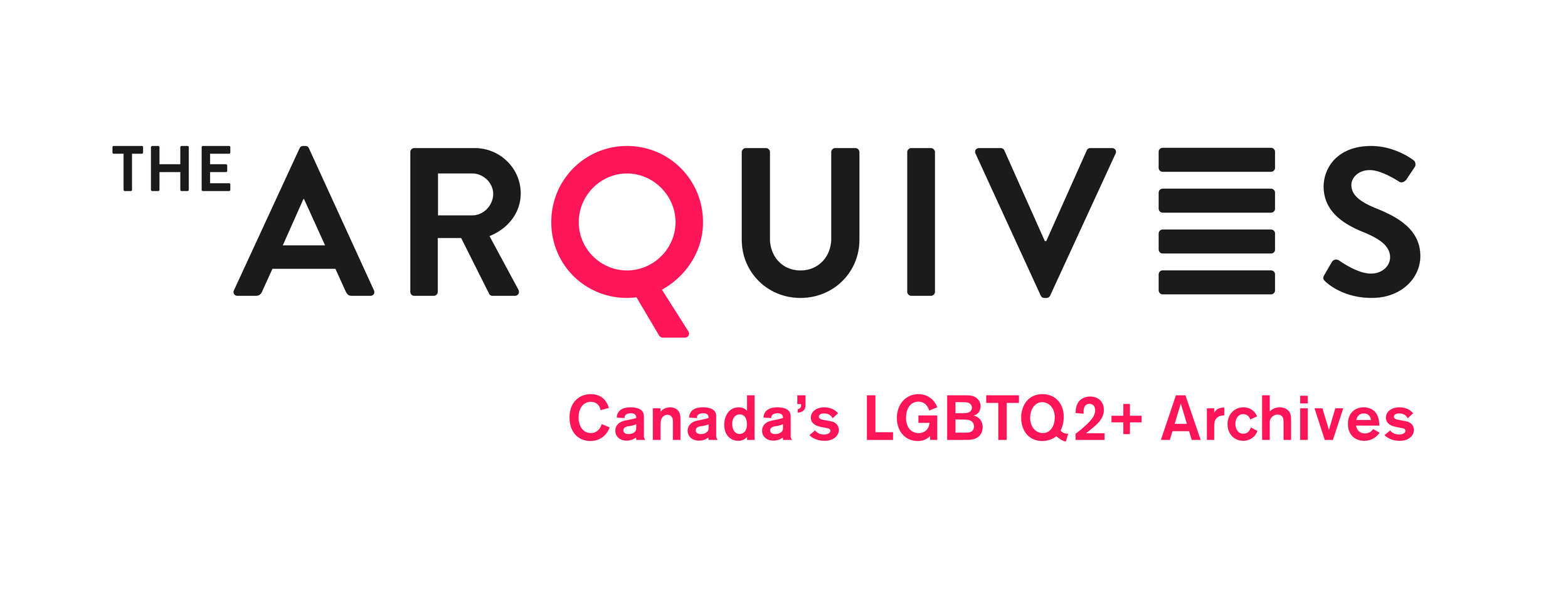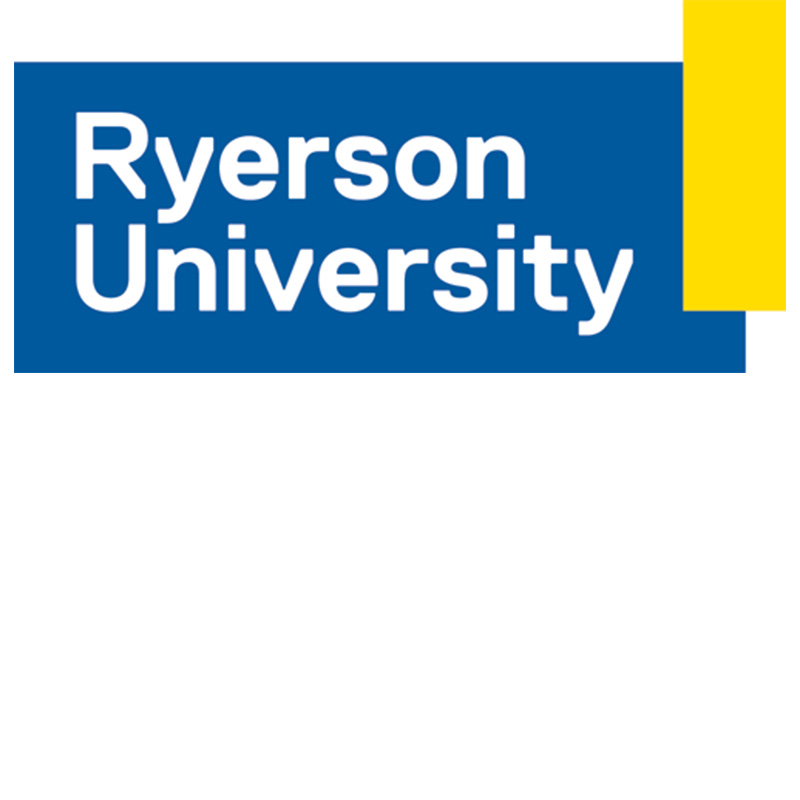Exhibition Overview // The Family Camera: Missing Chapters (May 4 - August 27, 2017) @ Art Gallery of Mississauga
/By: Deepali Dewan, Thy Phu, and Jennifer Orpana
The Family Camera: Missing Chapters
Missing Chapters was a section of The Family Camera exhibition on display at the Art Gallery of Mississauga from May 4 to August 27, 2017. This section explored family photographs in relation to the themes of loss and absence, through a small selection of photographs and their stories, as well as contemporary art works. Missing Chapters acknowledged that while family photographs may seem universal, not all families have photo collections. As the intro panel explained: “Sometimes, there are “missing chapters” in family albums, due to periods of sickness, estrangement, divorce, poverty or even tragedy, among other reasons, that inhibit the desire or ability to take photographs. Some families have had to destroy or abandon their photographs due to sudden dislocation or political persecution. Photos can be lost through natural disasters or technological glitches. Even state policies can interfere with taking family photographs, by keeping families apart or trying to enforce what makes a family.” In some cases, the photographs on display represented one of the few photos—or the only photo—of a family member or a particular time.
Crossing the Farther Shore (Dinh Q. Lê, 2014; 2017)
Detail of Crossing the Farther Shore by Dinh Q. Lê at the art gallery of Mississauga (J. Orpana, 2017)
While each framed photograph in this display reflected stories of missing chapters within individual families, a large installation in the centre of the room by contemporary artist Dinh Q. Lê helped to visualize sweeping photographic loss and displacement experienced by families in Vietnam after the fall of Saigon in 1975, which precipitated a refugee crisis during the 1970s and 1980s.
Lê is a diasporic Vietnamese photographer and artist based in Los Angeles and Ho Chi Minh City, whose work often combines photography and traditional weaving techniques. His installation, Crossing the Father Shore, was exhibited in 2014 at the Rice University Art Gallery in Houston, Texas and was re-mounted for The Family Camera: Missing Chapters in a new configuration. It is composed of family photographs that were taken in Vietnam between the 1940s and 1980s, which were abandoned or lost during a time of political unrest. Lê later found these photos in Vietnamese vintage shops in the 1990s and used them to create the installation.
To transform the individual photos into haunting sculptural forms, Lê wove them together, in a technique approximating Vietnamese basket making. He created large panels, or tapestries, of photographs, which were carefully hung from the ceiling to create geometric forms. Lê’s installation created a space of memory. Some photographs in the installation faced the viewer and others were placed facing away from the viewer revealing the handwriting on the back. The writing hints at the significance that the photo may have had in someone’s life. And yet, on some images, the artist added his own text, drawn from Vietnamese poetry and from oral histories of Vietnamese American families done at Rice University, as a means of symbolically, if indirectly, speaking to the family photos. In a video clip produced by Walley Films (commissioned by the Rice Gallery), Lê describes the photos as a kind of “surrogate family photo album or collection,” filling in for his own family photographs that were lost when his family fled Vietnam.
Installation (In progress) of Crossing the Farther Shore by Dinh Q. Lê at the Art Gallery of Mississauga (J. Orpana, 2017)
Lost Photographs (2017) by Katie Micak, Samaa Ahmed, and Mudit Ganguly
Visitors to Missing Chapters were also invited to share their own family stories of missing or lost family photographs in a participatory art piece entitled, Lost Photographs, created by OCAD U students Katie Micak, Samaa Ahmed, and Mudit Ganguly. In this single channel video, recordings of people sharing their own stories of lost or missing photographs were set against videos produced by the artists. This work was updated monthly and it included a wide range of stories, such as photos that were lost due to natural disaster, digital photos that were accidently deleted, and photos that were simply never taken.
Lost Photographs (Katie Micak, Samaa Ahmed, and Mudit Ganguly, 2017)
The Family Camera
The Family Camera explored the relationship between photography and the idea of family, and it looked at family photographs as a cultural practice through the lens of migration. This exhibition was a primary exhibition in the Scotiabank CONTACT Photography Festival, and it was presented at two venues: the Royal Ontario Museum (May 6-October 29, 2017) and the Art Gallery of Mississauga (May 4-August 29, 2017). With nearly every photograph featured in this exhibition coming from a Canadian home, The Family Camera shed light on how family photos reflect and shape our sense of self, family, community, and nation. The exhibition featured over 200 objects, mostly photographs and stories collected through The Family Camera Network. It also included loans from private and public collections, works by artists Jeff Thomas, Deanna Bowen, and Dinh Q. Lê, and an immersive installation created by students in OCAD University’s Digital Futures program.
Curatorial Team: Deepali Dewan (lead), Jennifer Orpana, Thy Phu, Julie Crooks, and Sarah Bassnett with the assistance of Silvia Forni and Sarah Parsons

















